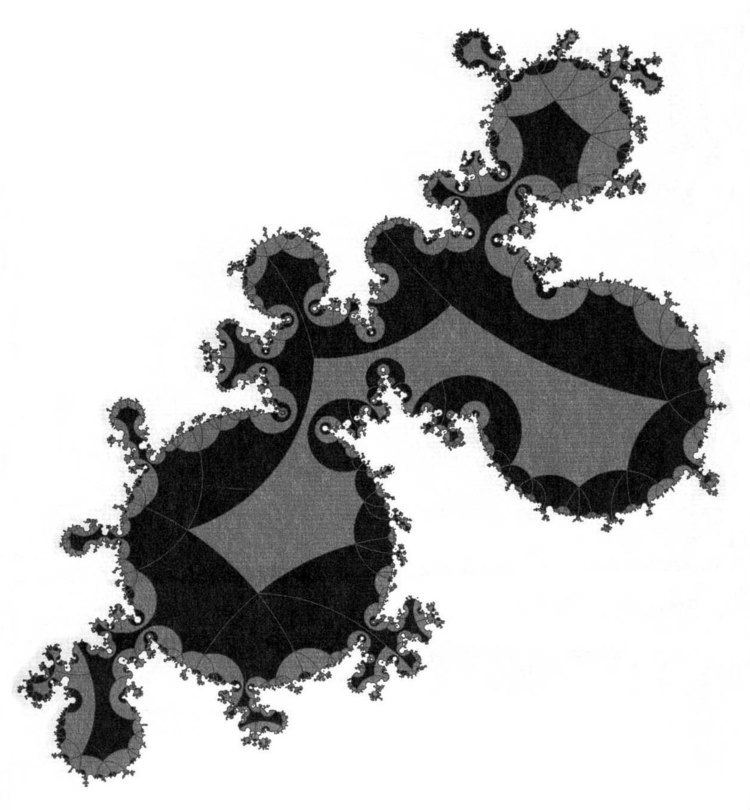 | ||
Hyperbolic manifold
In mathematics, a hyperbolic manifold is a space where every point looks locally like hyperbolic space of some dimension. They are especially studied in dimensions 2 and 3, where they are called hyperbolic surfaces and hyperbolic 3-manifolds, respectively. In these dimensions, they are important because most manifolds can be made into a hyperbolic manifold by a homeomorphism. This is a consequence of the uniformization theorem for surfaces and the geometrization theorem for 3-manifolds proved by Perelman.
Contents
Rigorous Definition
A hyperbolic
Every complete, connected, simply-connected manifold of constant negative curvature −1 is isometric to the real hyperbolic space
Its thick-thin decomposition has a thin part consisting of tubular neighborhoods of closed geodesics and ends which are the product of a Euclidean n-1-manifold and the closed half-ray. The manifold is of finite volume if and only if its thick part is compact.
For n>2 the hyperbolic structure on a finite volume hyperbolic n-manifold is unique by Mostow rigidity and so geometric invariants are in fact topological invariants.
